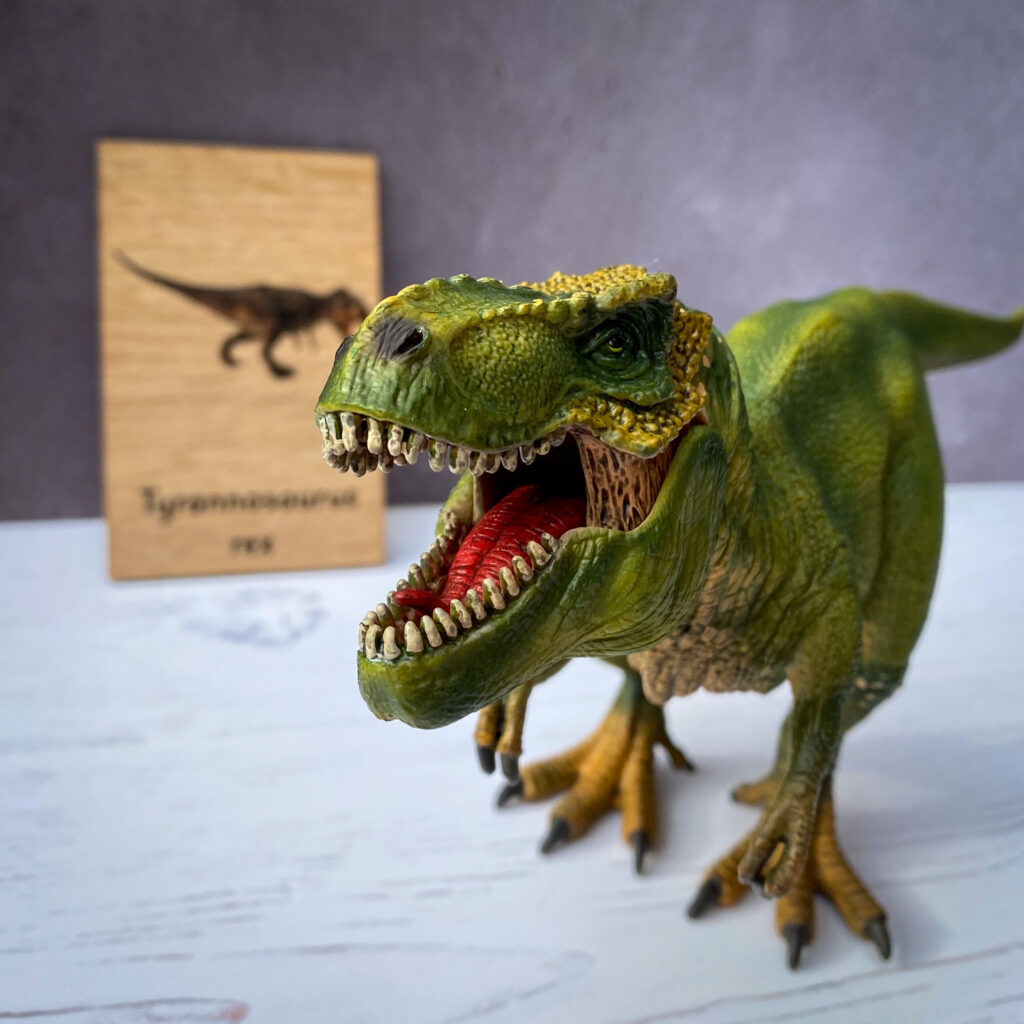Montessori Toys – but are they really?
When venturing anew into the principles of Maria Montessori, a common misconception is that Montessori ‘Toys’ are an essential aspect of this learning method. Often, this is a common phrase searched for online when parents and educators alike discover Montessori and want to know more. You may well be reading this after searching for Montessori Toys yourself!
While, when it boils down to it, this is just a question of semantics, there is a clear distinction between resources or learning materials that truly align with the Montessori method, and other supposed ‘Montessori Toys’.
Some toys may claim to be ‘Montessori’, however, when we look at the intended purposes of such products and compare these with the types of activities Maria Montessori proposed, we find that they often have no intended Montessori aligned purpose.
Montessori Toys – the Obvious Oxymoron?
Maria Montessori made several comments in herlifetime about toys and it is clear from her works that she intended forchildren to use items with purpose; e.g. to master skills. All of the materialsthat Maria Montessori used in her classrooms were selected with intent. So doesthis mean that we can call them toys?
The definition of the noun “toy” simplystates that a toy is an “object that is for a child to play with” (1). When weconsider the meaning of “to play”, we see that is to “engage inan activity for recreation” (2). I believe Maria Montessori did notintend for the materials in her classroom to be used for absentmindedrecreation; I believe she wanted children to use the materials to refineskills, to discover about themselves, their capabilities; about the world, theenvironment etc.
Maria Montessori’s name is now commonly used as a singleword to encapsulate her detailed theory on early education. Because of this, I believethe term “Montessori Toys” is an oxymoron.
Like the rest of her philosophy, Montessori toysfollow a few basic principles:
· They are simple.
· They are natural.
· They are realistic.
· They are functional.
· They are purposeful.
Montessori Toys are Simple
Simplicity appeals to a child. Children learn bestfrom direct, simple and clear information. Toys that offer only a handful of piecesof information can be focused on, without distraction. This helps maintainconcentration and also keeps their mind (and your living room!) clutter free.
Montessori Toys are Natural
Montessori observed that children were astounded bythe beauty of nature, so this inspired her to choose items made with naturalmaterials. The benefit of using natural materials like wood and metal is thatthe child is able to gain a better understanding of their environment such astextures, size, shape, weight, taste – natural materials provide wonderfulstimuli for the senses. Compared to synthetic and manmade materials, likeplastic, which offers limited variation and feels artificial.
It is a common misconception that Montessori toyshave to be made from wood. This is not true; while we have already explainedthe benefits of using natural materials over plastic and other manufactured materials,plastic does have its place.
Montessori Toys are Realistic
Montessori emphasised a focus on realism. Sheobserved that until the second plane of development, young children are unableto distinguish fantast from reality. We should stick within the realms of realityas this gives stability for children to become grounded on. Read stories abouttall giraffes in the savannah, not dancing over the moon; and give them toysthat do something logical, rather than giving off random sounds. Usingmaterials that have real images (i.e. photographs or realistic illustrations),as opposed to cartoon illustration actually enables a child to develop a soundimagination.
This is where plastic toys are actually reallybeneficial. The beauty of some plastics is that it can be made into verydetailed, realistic looking objects such as cars and animals. There is nothingwrong with using these. It would be better for the environment to source second-handplastic Montessori toys, of course, and dispose of them responsibly (or recycle)at the end of your use.
Montessori Toys are Functional & Purposeful
Montessori toys should offer opportunities forchildren to get stuck in, creative, interactive, constructive… you get theidea! It is a very adult way to think if we consider a toy to have a passiveentertainment i.e. a singing/dancing toy would offer a few minutes of visualentertainment, but it will not offer endless amusement and the ability to developskills like a few wooden blocks would.
Keeping toys that offer a purpose helps a childremain focused. Overstimulating and overwhelming a child leads to confusion,frustration and distraction. Keeping the shelves simple with only a fewofferings helps your child decide what they would like to use, and also helpsthem to complete the tasks that the toys offer. When there is too much choice,it becomes very easy for children to flit between items and activities.
Are Montessori toys the only learning resources?
You may be feeling overwhelmed at the thought of having to buy Montessori toys. STOP! There’s another way! There are so many unnecessary purchases made in the Montessori community by parents thinking that they need special items to help their children learn. Take, for example, children’s play kitchens. Play kitchens may have an oven timer that dings and a sink where you can put water and on the face of it, this might seem like a toy that perfectly aligns with the Montessori method, because it will enable children to role play some real life scenarios, but Maria Montessori herself may not have recommended such a thing. This is an example of an unnecessary purchase when most of us have a perfectly working kitchen that can be explored with your child, promoting activities that have a true purpose; all it takes is a few adjustments to prepare the environment.
If your child is able to safely stand on a stool in the kitchen to be able to reach the work surface, then you are halfway there. Learning towers offer a safe place for a child to stand while working in the kitchen and while they are practical, they are not essential.
The kitchen is one great place for a toddler. There are cupboards, sinks, equipment stored on work surfaces and all different kinds of food and utensils and cooking to learn about. Allowing your child independent (but supervised) access to these spaces encourages an investigative attitude and a love of learning. Children can then begin to grasp the processes of the kitchen, promoting both psychological and physical development at their own pace.
In this way, a child is learning about why we store certain foods in the fridge; why it is important to be careful when using a knife; how a bunch of ingredients becomes a tasty, home-cooked meal; why we use a tap and where the water comes from; what the ding of an oven timer means and that the food inside will be hot. These activities have a tangible end-result. A purpose and much more than just a ‘Montessori toy’.
A toy kitchen is no more than just a toy. Depending on your motivation, you may decide it is not a necessary item for your home. A play kitchen serves a good purpose for imagination and role play, so you cannot expect a toy kitchen to teach children that one day, when they grow up, they could become a professional chef because they can press buttons on their toy kitchen. In reality, it teaches them nothing practical about real-life kitchen activities and the potential challenges they may pose.
Whilst developing practical life skills, pretty much all kitchen tasks will simultaneously promote the use of fine motor skills. These are two core principles of the Montessori method. Making use of household equipment and day-to-day activities means it is easy to incorporate into your routine and doesn’t have to involve expensive, unnecessary equipment!
With Benedykt and Sylvester, I use our personalised wooden baking set that is perfect for their tiny hands to become involved in our home cooking activities. It is (literally) small changes like this that make it easy to integrate the Montessori method into daily life. Taking advantage of Montessori resources is a much more practical approach than buying toys that seemingly have all the bells and whistles.
Montessori Educational Games
‘Montessori educational games’ is another phrase that is often searched for by budding Montessori enthusiasts. Although there are no specific ‘games’ that follow this learning method, it is easy to create your own activities and learning resources at home using household items which can be further improved with a few additions. Benedykt & Sylvester’s Montessori Learning Tiles are a great way to create matching and recognition activities for your child, especially the sets that come with an accompanying display board. Our new Climate Maps offer an activity to match up the animals to their respective habitats.
There are a variety of different categories that can be paired with household items. For example, the colour tiles can be used to match and categorise items of the same colour around the house or out and about in the environment; our weather tiles can be used to match up to the different types of weather our children will experience; we also have a minibeasts learning tiles set, a great learning resource to take out into the garden and search for and identify the many different creatures that can be found there – and, as Maria Montessori said herself, “When children come into contact with nature, they reveal their strengths.’
Another Montessori educational game that has proved popular with Benedykt & Sylvester is creating competitions out of basic daily tasks. Both of my sons have wardrobes and storage spaces that are accessible to them for their clothes. Making a game out of who can put their clothes away the quickest provides some entertainment and also gets household tasks done at the same time – bonus!
Popular Montessori Toys that Educate
As well as our Montessori Learning Tiles, Sensory Tracing Boards are becoming increasingly popular and help to teach young minds the formation of letters and numbers without the use of a writing implement – this fine motor skill will come in good time. Using materials like sand or rice to trace the figures creates a sensory activity whilst simultaneously introducing your child to letters and numbers which will become increasingly important in later years.
Puzzles are another great way for young minds to exercise their logical brain and develop reasoning and analytical skills. This could be in the form of classic 2D puzzles, however there are many different kinds available now that venture into 3D formats. More challenging logic puzzles can also be introduced in more advanced developmental stages. We have a few favourite floor puzzles by Melissa & Doug, for example, this dinosaur floor puzzle.
No matter what you choose to use to implement the Montessori method within your home, first decide if you can utilise household objects to facilitate learning and then work out what you can add to further facilitate learning using Montessori principles. Often, it is easier (and cheaper!) than you might think!

